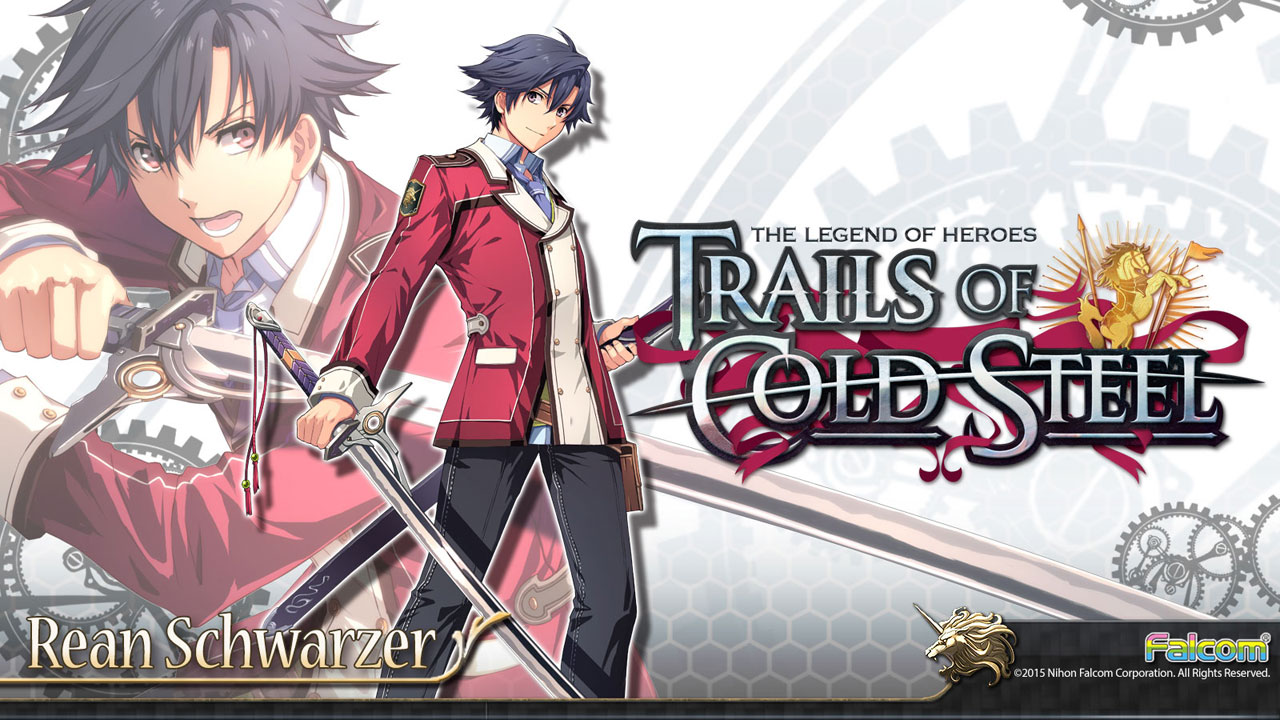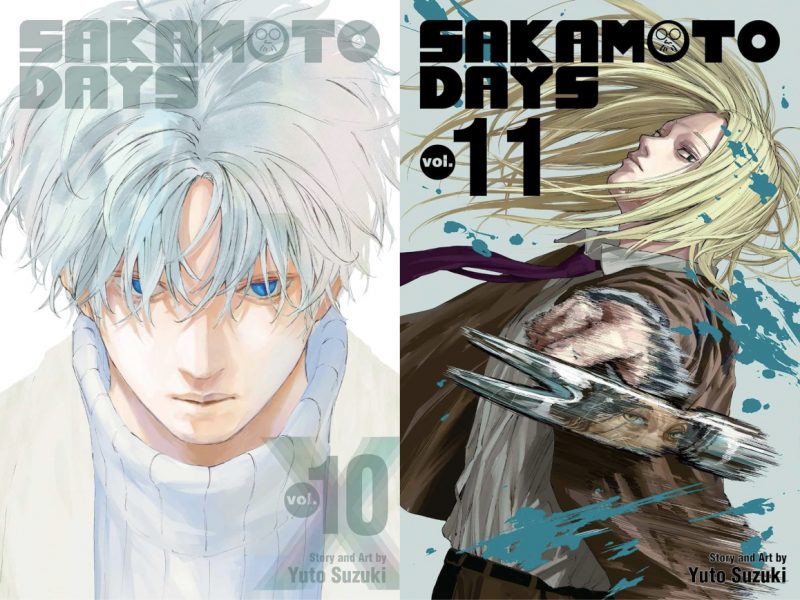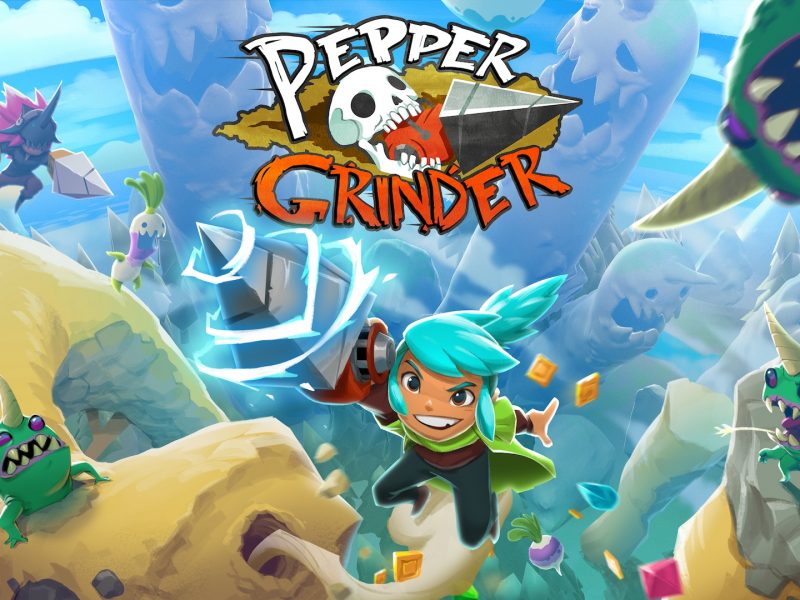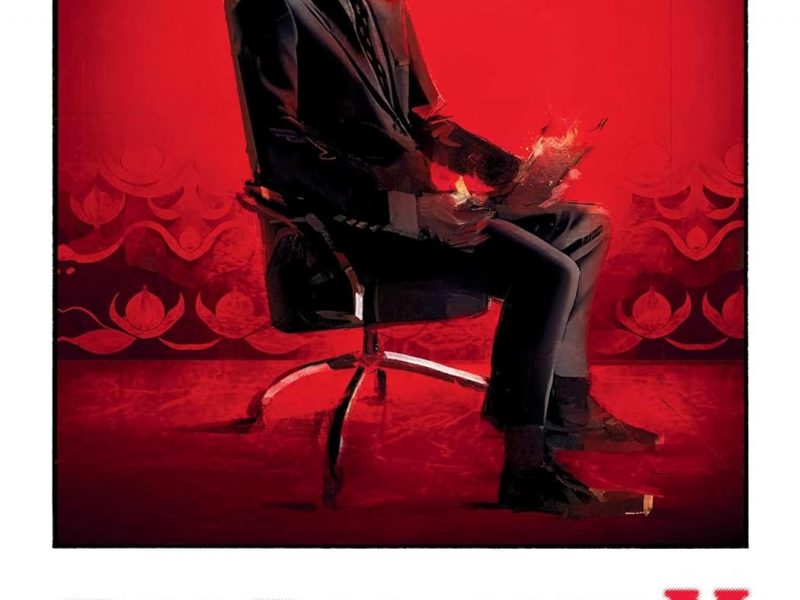GAME REVIEW | A Foundation of "Cold Steel" Leads To a Good Time
It's been a long road not only for Trails in the Sky SC to make it to Western audiences, but also for a game like Cold Steel, originally launching in 2012. While not as script-heavy that is the juggernaut of Second Chapter, it's still a sizable beast. But the wait was worth it, as it's one of the best JRPG experiences released in the West this past year.
Trails of Cold Steel is a part of The Legend of Heroes games, with Trails in the Sky being the sixth and Zero & Ao no Kiseki the seventh games in the series. (As of this writing 3rd, Zero, Ao, and the spinoff game Nayuta have yet to make it to the West, and it becomes increasingly unlikely for any of them to make it over.) Thankfully one doesn't need to have played the missing games in order to get into Trails of Cold Steel. Despite taking place two years after the events of Second Chapter, the story takes place in Erebonia, one of the game's three countries on the Zemurian continent.
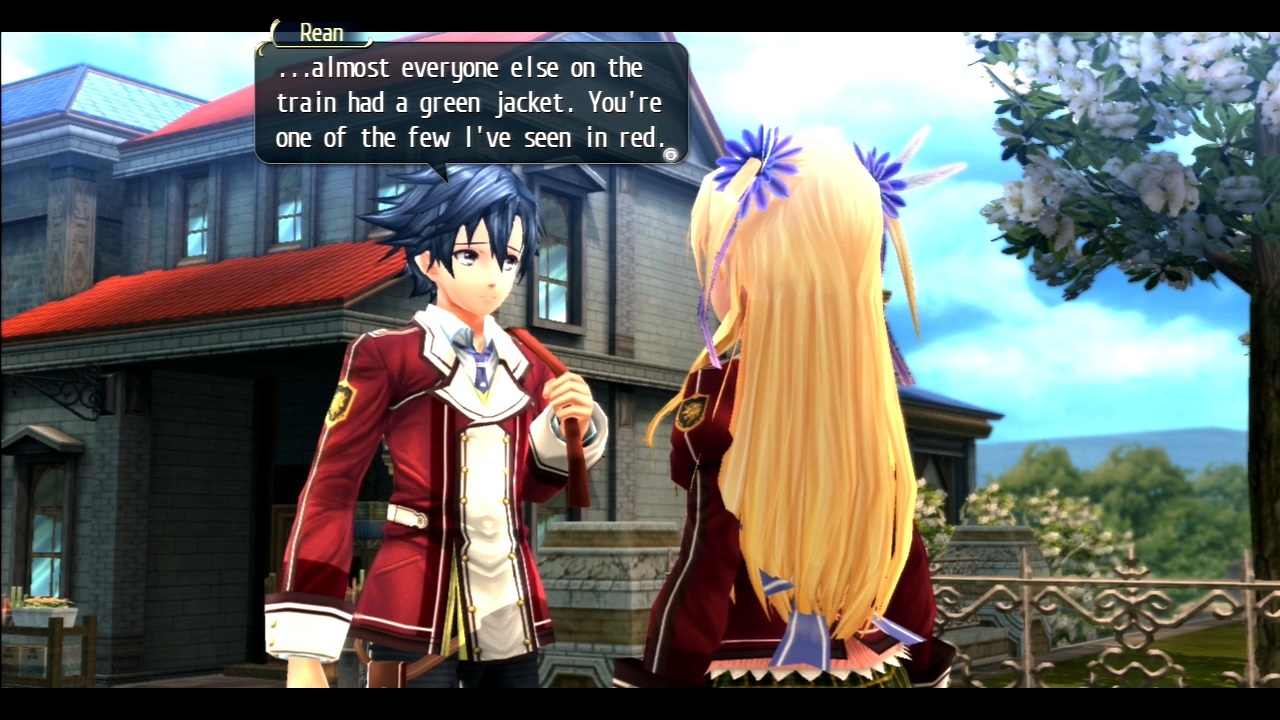
The setting is also completely removed and takes place in the military academy called Thors. You play as a young man named Rean Schwarzer, who is a part of Class VII, unique for being the only class composed of both nobility and commoners. As a special class, the students go on Field Studies to complete various tasks assigned to them much like the Bracer Guild requests from Trails in the Sky. Outside of that, the game does have Free Days, which basically is the school-sim portion of the game where you Hang-out with the class members to get closer to them. This of course is the social link part of the game which also plays into combat.
Cold Steel's gameplay itself is largely unchanged from the previous games. You still find enemies on the field, but now you can attack them to stun and get behind them. A strike from behind will either paralyze them or make them faint. This grants various bonuses like extra turns, a free round of small damage, and a small CP boost. Once combat actually starts it too plays like the previous games. Combat still takes place on a movement grid, only now the grid itself is larger and radial. Character movement is also quicker and they can now walk further.
In Trails in the Sky you often had to wait for the enemy to get closer to you otherwise you'd delay your turn. The game also grants you more opportunities to more easily recharge CP, so using Crafts to defeat enemies becomes more useful than using Arts for a significant portion of the game. Turn bonuses are also back, but some places of the game also include new bonuses, including negative ones. Turn manipulation is more key than in the previous games.
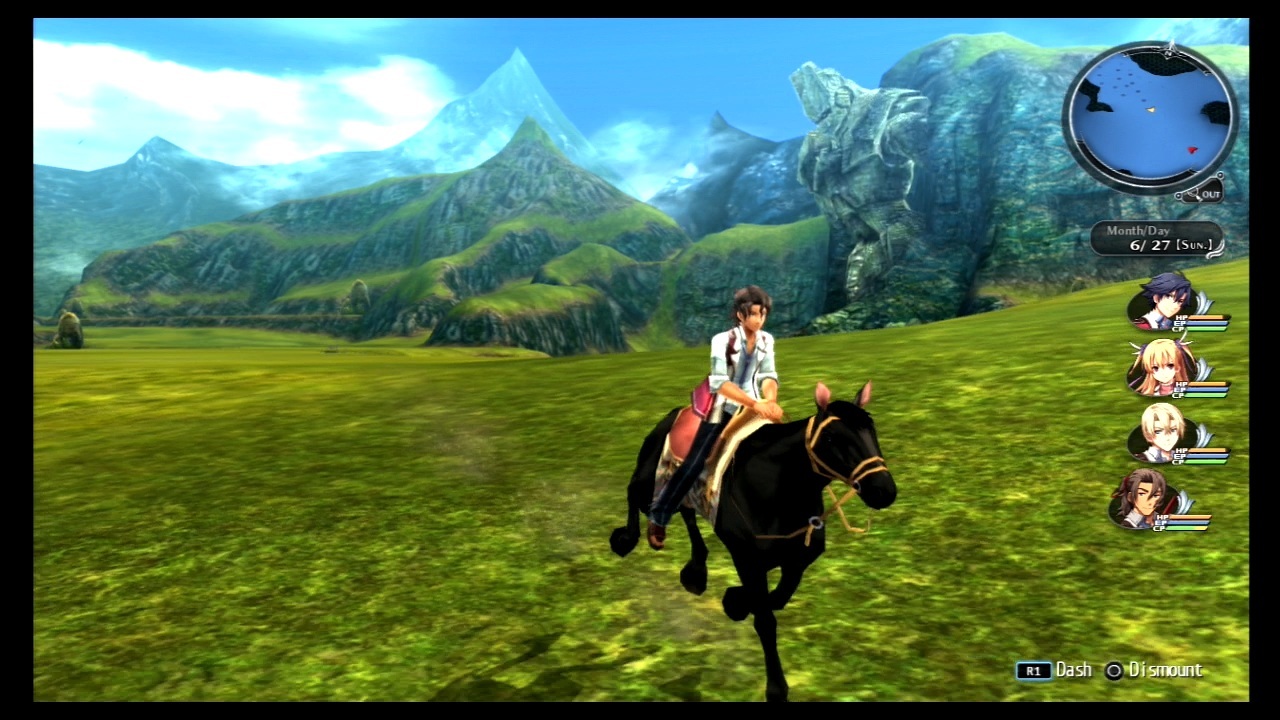
Like I mentioned earlier about the social link stuff, the combat also has a new Link Support Attack mechanic. You can have two characters link to each other to occasionally help each other out. If you manage to unbalance an enemy, you can do follow up attacks. Later on you gain the ability to perform rush and burst attacks, allowing for even greater damage. You link levels determine exactly how much support any character will provide, so making good use of link events is important. The quartz system is back, but now it's streamlined to a system where specific arts are tied to specific quartz, instead of having to rely on a system based on quartz quantities.
While all these tweaks make the combat more accessible, it seems that Falcom forgot to address some things while making others more annoying to deal with. There are various ways to get bonus experience by defeating enemies under specific conditions, but you still will have to grind a lot for money (which is unbelievably tight in this game). Since your characters are all students, you don't get paid money for a completed quest like you did as a Bracer would in Trails in the Sky. The only method of making money besides selling old items is through the conversion of Sepith.
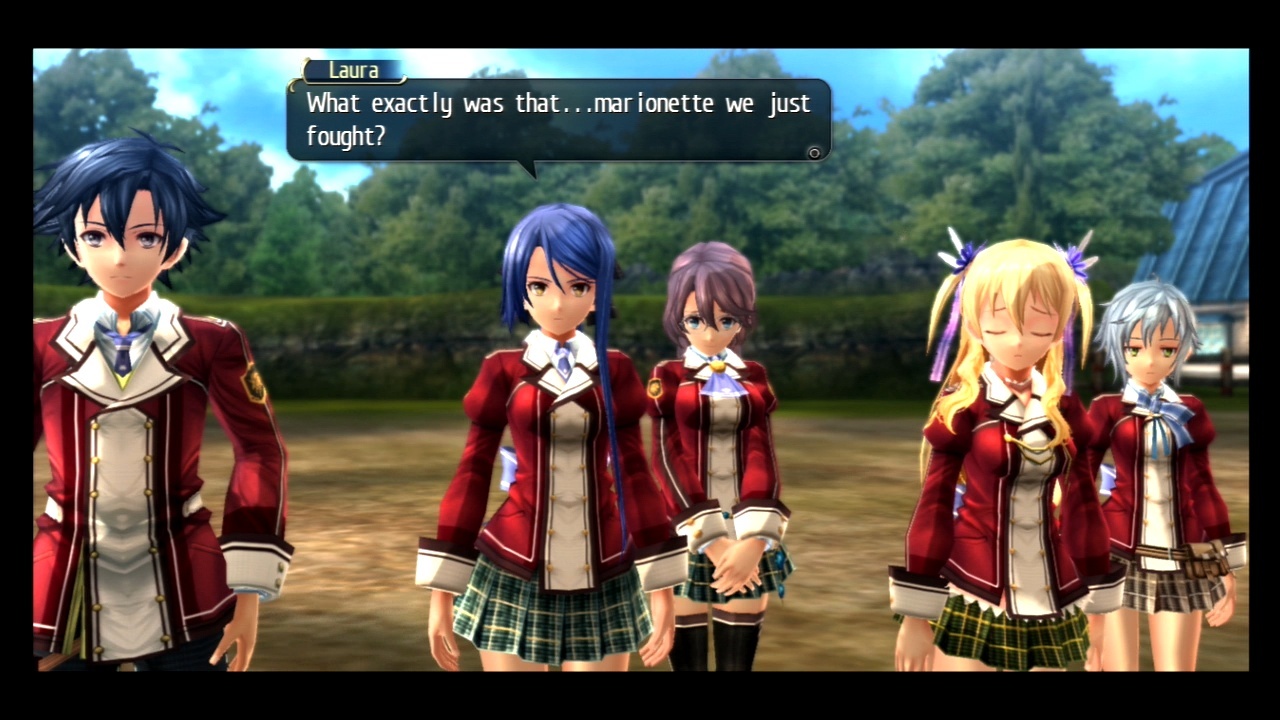
In previous games, Sepith usually gave you a decent chunk of money for it's sale, especially for the higher elements. In this game, you get much less, and a new type of Sepith called Sepith mass is exclusively for selling. But even the boost in cash you get compared to other Sepith is still lower than in Trails of the Sky. Grinding for money quickly becomes necessary as new gear gets pretty pricey. You'll have to either grind or work through a battle possibly ill prepared.
This ties into the lack of intel on a quest monster where the previous games would tell you which status ailments to protect against. Now you are practically going in blind. At least if you fall in battle, you can still elect to retry, but now you also have the option to weaken the enemy. In Trails in the Sky, you usually had to fail a few times before that option became available. The only other baffling decision is that the cross-save feature can only be accessed through the menu screen during play. There is no option to load from the title screen, which makes loading a game from an uploaded save to one version longer than necessary.
The issues with Trails of Cold Steel are still minor, and the game as a whole is great. Its characters are well thought out and developed, and the scope of the World feels much better than Trails in the Sky did, even if you still are seeing a cross-section trip of Erebonia. Visuals in the game are far from the best that the PS3 has to offer, as the game looks like a late PS2-era game or an early PS3 launch title. There are some frame-rate issues on both versions, but the game does have better load times on the PS3, and better save/load data access times on the Vita.
Although the text on the Vita version is a bit on the small side, where this game excels the most is in it's music and the depth of its world building. The score is one of Falcom JDK's best, and the various NPC's dialog changes with each story development, and it's really great to spend time just talking to them to see how everyone is reacting to the specter of civil war and terrorism looming over them as the game goes on. In fact if you were to attempt to do as much as possible, the game's run-time is a beefy 100+ hour long experience, and all of those hours is worth it. The game might be a bit more mainstream in how it borrows from Persona 3 and 4, and it even has quite the cadre of anime tropes, but if you invest the time into getting deep into the world the game will reveal itself as more than just the 'by the numbers' JRPG. This is one solid recommend.
VERDICT:
The Good – The 'weaken and retry' mechanic makes grinding less of an issue and keeps the game going.
The Bad – Many later bosses make grinding necessary if you don't want to have to use the above mechanic.
The Ugly – The two versions use a cross-save feature, which is weirdly only available during a session and not on the title screen.
SUMMARY: The Legend of Heroes: Trails of Cold Steel is a lengthy 100+ hour beast of an adventure that JRPG and Trails fans will love, and it's only Part One of Three in the series.
FINAL GRADE:
PS3 review code provided by XSEED Games and Marc Bianchi. Vita version is out of pocket.


